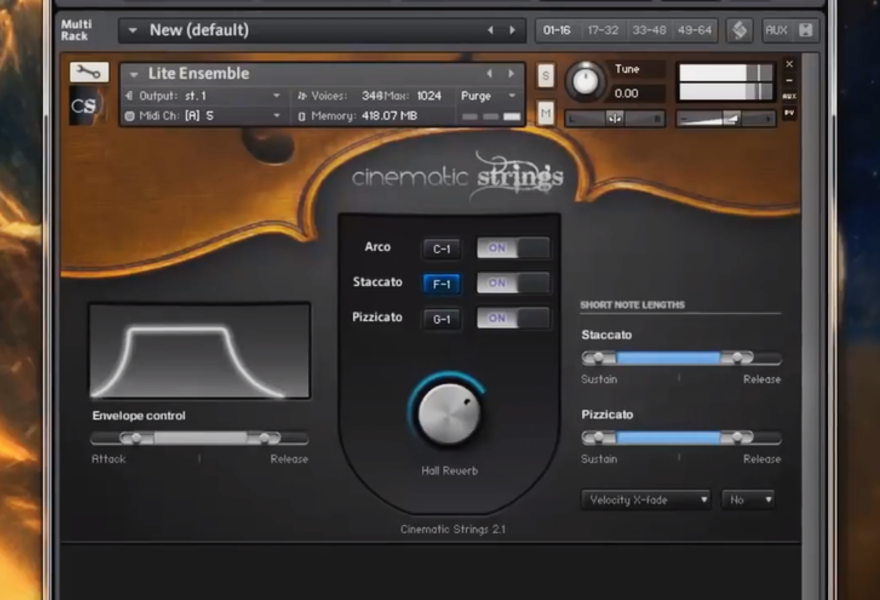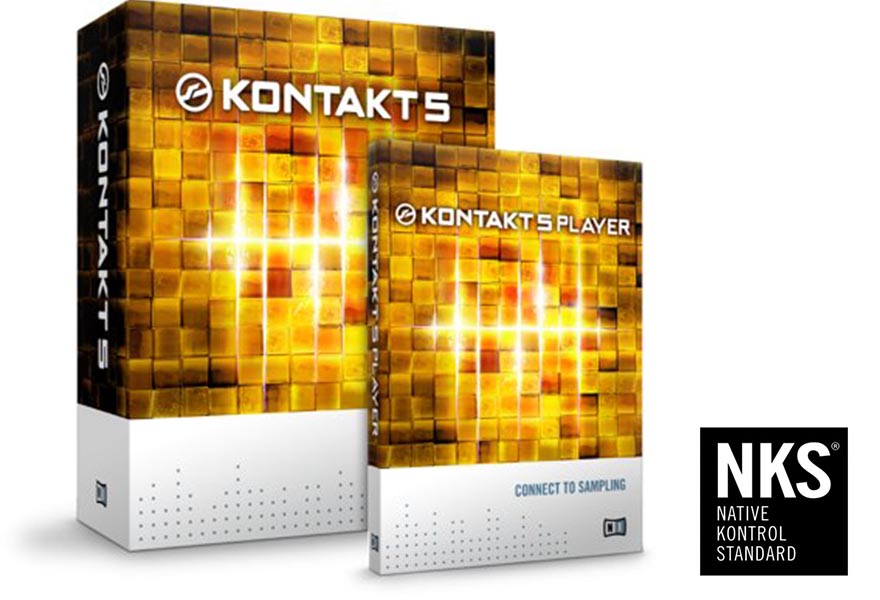

It’s perfect for any musical style from rock, pop and EDM, to fully orchestral compositions. We recorded our string ensemble sections up close on a dry sound-stage - the historic Studio A at Fantasy Studios in Berkeley, CA - and then equipped the interface with plenty of spatialization, environment simulation and positioning controls and options to let you dial in the sound and character you need. This library has a forward and robust sound unlike any other. No matter what your creative needs are, you’ll discover the powerful toolset and outstanding audio quality that you’re looking for in this convenient and extraordinarily flexible virtual instrument library. This library is the perfect starter pack for songwriters and musicians just getting into orchestral writing, as well as seasoned composers wanting new colors in their orchestral palette.
Cinematic strings 2 numbers free#
Try also staccatissimo and even spiccato in these situations to see what works best.Hyperion Strings Micro is our introductory orchestral string library for Native Instruments’ free Kontakt Player, Komplete Kontrol and S-Series Keyboards. Marcato F#0, 1 (anything from 1-64 but NOT 0 as in the manual) as I said is the marcato without overlay and the effect varies considerably.
Cinematic strings 2 numbers Patch#
Although I’m a huge fan of the note length condition programming and use it in most other libraries, with CSS simply trying to get the right patch by speed doesn’t work in my view. Only in really fast music is it obviously unsuitable.

In the solo strings, I don’t use sustain without legato at all except for chords but the situation might be a little different with a fuller string library, though I suspect it’s still overused. What makes CSS stand out from most others is that the standard legato sustain patch is very flexible and in some music can be used almost exclusively.

trill whole and half step are the only ones supported by the library. The fact the CSS have recorded artificial harmonics is irrelevant – just ensure your Expression Map uses the natural harmonic p.t so it matches the Dorico p.t. In the Properties panel, you can change the appearance in the score to an artificial harmonic.


 0 kommentar(er)
0 kommentar(er)
